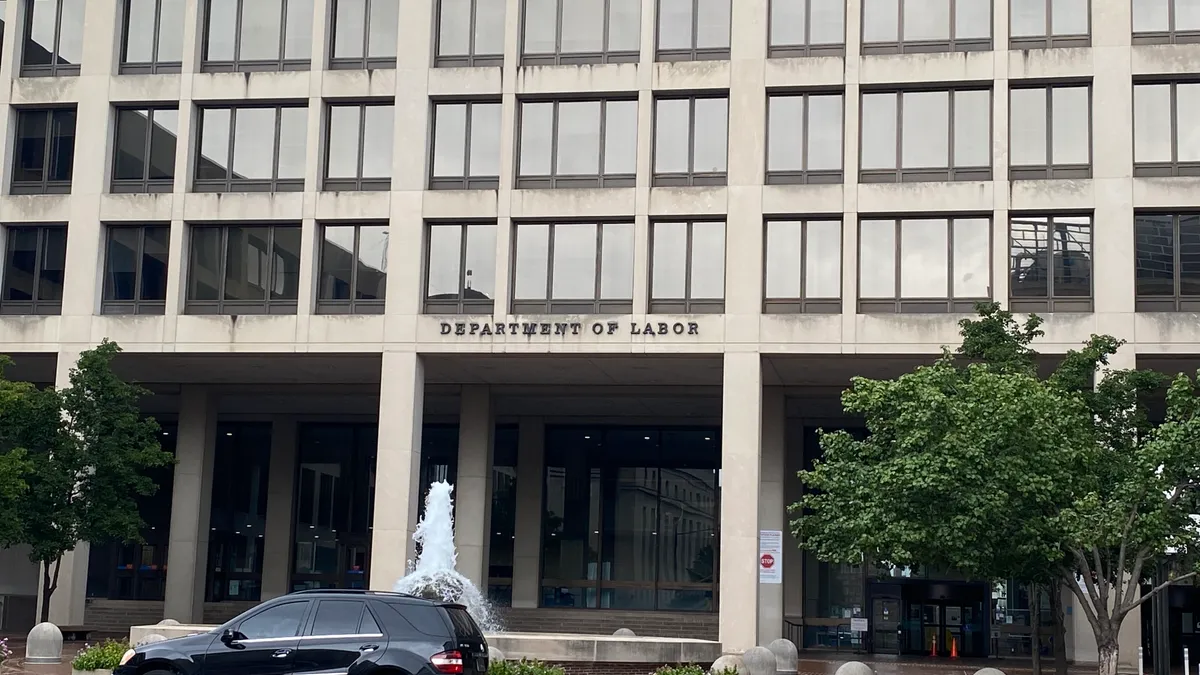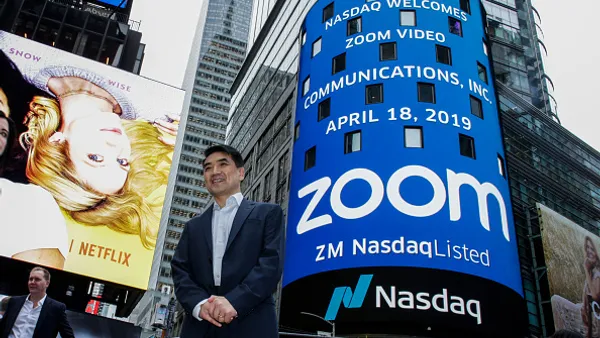Dive Brief:
- There is little doubt within the HR world that stress can affect employee health and productivity, and negatively impact a company on many levels. Unfortunately, HR leaders and employees have very divergent opinions about what is driving stress levels, according to Employee Benefits News.
- Senior HR managers responding to Willis Towers Watson's global 2015/2016 Staying@Work survey identified stress as the No. 1 risk to employee health and productivity.
- But employers and employees are not on the same page when it comes to the causes of workplace stress, and that gap leads to problems when trying to reduce those stress levels.
Dive Insight:
Among their top three choices in the Willis Towers Watson survey, employers and employees shared only one stress factor among their top three: inadequate staffing. Both ranked it number one, in fact. At that point, things changed dramatically.
The stress factor HR leaders ranked last as a stress factor – company culture – was the third highest choice of employees. The article notes that in Willis Towers Watson's work with employers on health and productivity strategies, it found "local manifestations" of an organization’s culture – bad stuff such as too much bureaucracy, executives ignoring employee well-being, little collaboration – can create an unhealthy work environment and increase stress levels.
Worse, HR leaders surveyed said the best way to combat stress is via the company's employee assistant program (EAP), yet research has shown that only 5% or so of employees actually take advantage of EAP resources. In addition, Willis Towers Watson's 2015/2016 Global Benefits Attitude Survey of employees uncovered that 70% of employees said they prefer to self-manage health.













